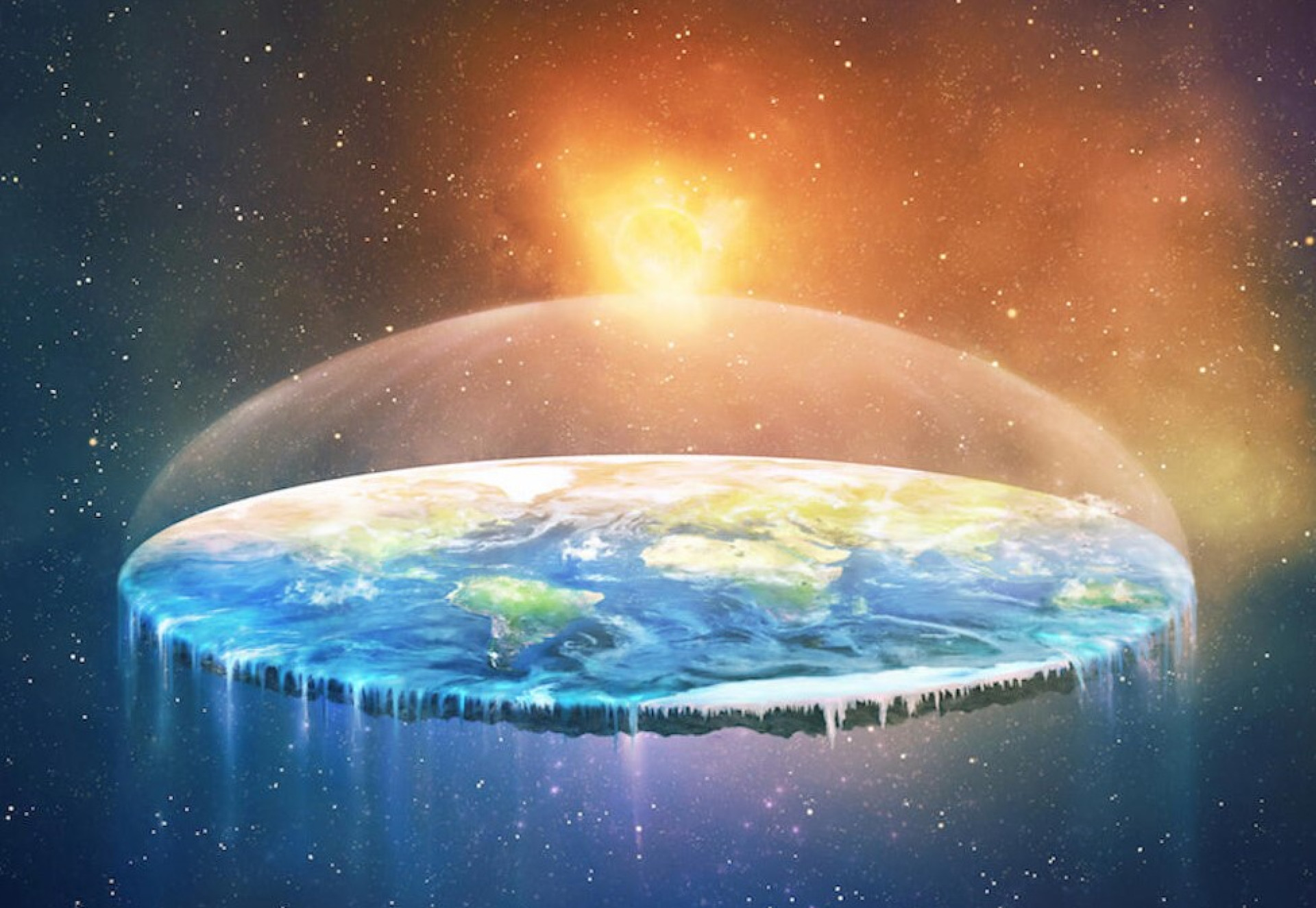The World if Flat: Consequences and Differences

For centuries, humans have known that the world is round. From early observations of the moon’s shape to circumnavigating the globe, we have ample evidence that the earth is not flat. Despite this, there are still those who cling to the belief that the earth is, in fact, flat. We will explore what the world would look like if these individuals were correct.
Firstly, let’s consider gravity. On a round earth, gravity pulls objects towards the center of the planet, which creates the effect of weight. However, on a flat earth, the gravity would pull objects towards the center of the plane, which would create a different effect. This would result in objects being attracted towards the center of the plane, rather than towards the center of the planet. This would make it difficult for planes to fly, and would also mean that anything that is not firmly anchored to the ground would be in danger of falling off the edge of the earth.
Another consequence of a flat earth would be the loss of our satellites. Satellites orbit the earth due to its gravity, but on a flat earth, there would be no gravity to hold them in place. Additionally, the curvature of the earth plays a significant role in the formation of the northern lights. Without the spherical shape of the earth, there would be no auroras to admire.
Perhaps one of the most significant differences in a flat earth scenario would be the appearance of our oceans. On a spherical planet, the water at the equator is further from the center of the earth and experiences less gravitational force than the water at the poles. This creates a bulge at the equator and a flattening at the poles. However, on a flat earth, the water would not experience this gravitational gradient, which would result in the water flowing towards the center of the plane. This would mean that the oceans would appear to be a giant circular mass of water.
In conclusion, if the world were flat, it would be a vastly different place than the one we know today. The laws of physics that govern our world would have to be fundamentally different, which would result in an entirely new set of physical laws. Despite the lack of evidence to support the flat earth theory, it is fascinating to consider how different our world would be if it were true.
This article has been archived for your research. The original version from Interesting Engineering can be found here.


